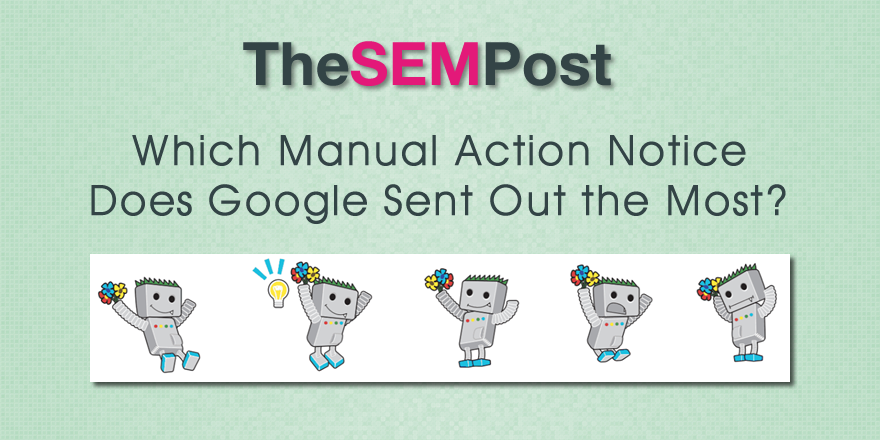
At SMX West earlier this month, Juan Felipe Rincón from the Manual Actions team at Google talked in great depth about manual actions and said that the largest volume of manual actions are for hacked websites, or for content not placed there by the site owner.
In some respects, this isn’t surprising. There are so many sites being hacked thanks to exploits being discovered in popular CMS like WordPress and related plugins, combined with site owners who aren’t that diligent about updating their CMS and plugins… and this is even with Google emailing site owners to remind them to upgrade outdated and vulnerable versions of CMS like WordPress and Joomla.
But perhaps other types of spam related manual actions aren’t quite as prevalent as they once were or algorithms are evolving to be less reliant on manual actions to clean up missed spam. While we have seen some new manual actions added recently, like the confusingly named Social Engineering manual action, it is still kind of surprising that spam manual actions that were caused by the webmaster aren’t at the top of the list.
Jennifer Slegg
Latest posts by Jennifer Slegg (see all)
- 2022 Update for Google Quality Rater Guidelines – Big YMYL Updates - August 1, 2022
- Google Quality Rater Guidelines: The Low Quality 2021 Update - October 19, 2021
- Rethinking Affiliate Sites With Google’s Product Review Update - April 23, 2021
- New Google Quality Rater Guidelines, Update Adds Emphasis on Needs Met - October 16, 2020
- Google Updates Experiment Statistics for Quality Raters - October 6, 2020



